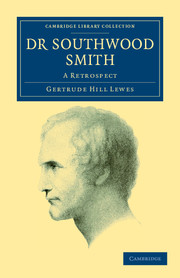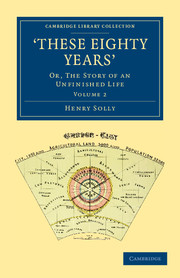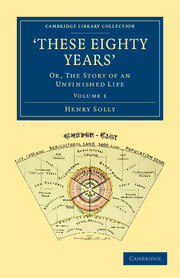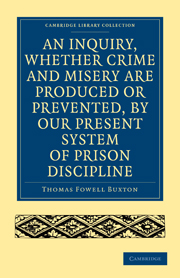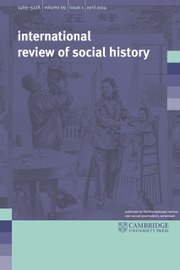Dr Southwood Smith
Thomas Southwood Smith (1788–1861) was a minister, physician and social reformer, who considerably improved the health of the poor by linking sanitation with epidemics. A utilitarian, and friend of Jeremy Bentham, his arguments in The Use of the Dead to the Living (1827) helped lead to the Anatomy Act of 1832 which allowed corpses from workhouses to be sold to medical schools, and so ended the market for grave-robbers while improving medical education. Although the fame of his granddaughter, Octavia Hill, has eclipsed his own reputation, Southwood Smith was an important figure in his day, whose work initiated many public health reforms. He served on the royal commission on children's employment, and was medical representative on the General Board of Health to deal with the cholera epidemic of 1848. This biography, written by his granddaughter Gertrude, who was G. H. Lewes' daughter-in-law, was published in 1898.
Product details
December 2011Paperback
9781108037983
204 pages
216 × 140 × 12 mm
0.27kg
8 b/w illus.
Available
Table of Contents
- Preface
- Introduction: recollections of my grandfather
- 1. Early life, 1788–1820
- 2. First years in London. Dawn of the science of modern hygiene, 1820–34
- 3. London continued. Literary and other work, 1820–34
- 4. Work on the Factory Commission, 1833
- 5. Rise of the sanitary movement, 1837
- 6. Philanthropic and medical work, 1840–8
- 7. The ten years' struggle for sanitary reform, 1838–48
- 8. Official life. General Board of Health, 1848–54
- 9. Retirement from public life. St. George's Hill, Weybridge, 1854–60
- 10. The sunset of life. Italy, 1861
- 11. The afterglow
- Appendices
- Index.

